Living the dream looks different from person to person. To your neighbor, it could look like getting paid to play with puppies all day (OK, us too). To your sister, maybe being a globe-trotting travel show host would be tops. And to you, it could look like basking in the glow of your viral, self-selling, self-promoting, and self-marketing Fintech product.
Well, guess what? Product-led growth (or PLG for short) makes living your dream possible (not the puppies one, sorry).
PLG is a legit methodology that’s gaining deserved traction. Making a product that sells itself is possible for any team. But it takes focusing on what your customers want, putting in the work to get it there, and constantly iterating to reflect what your customers need as they evolve. And we’ve got the techniques and tricks to help you get there.
Product-Led Growth Depends on This: How Well You Listen to Your Customers
All products are designed with their customers in mind (or at least, they should be). But the idea behind PLG takes customer-based design to a whole new level.
Building a product that sells itself means you are not just mindful of what your customers want and need — you’re hyper-focused on it. That, along with a relenting eagerness to make your product completely customer-centric are the hallmarks of PLG.
In the real world, this looks like constantly listening to and understanding customer feedback, getting your team on the same page, and iterating the heck out of it. And, no, it isn’t as simple as it sounds.
For one, you have to be comfortable doubling down on building a customer-centric product — and doing it well. Because you’re not relying on marketing or convincing people to take action. You’re focusing on the product itself being the marketing, and being so undeniably good that people can’t help but share it. That can be tricky.
Another reason PLG isn’t super easy to achieve right away is that it takes a healthy amount of trial and error. Your customers may not take the bait and subscribe after enjoying your free trial. You may lose out on some customers who don’t convert, or even cancel after a while because it no longer serves them.
But the hard work is worth it. You’ll know you’ve struck self-selling gold when your metrics are skyrocketing and you haven’t touched your marketing budget in months. Your sales strategy has been on the back burner because you haven't exactly needed one. Most of your time and money has instead been spent on your product's world domination. And best of all? Your customers love it.
Product-Led Growth Lets You Live the Dream by Saving Money and Time
Achieving PLG status feels pretty good in and of itself. It’s like an invisible badge of honor you get to wear. But there’s more to gain from making your product irresistible than just patting yourself on the back.
While PLG requires more alignment and dedication from your team at the outset, it saves money and helps you sustainably scale — and fast.
For starters, you’re able to use the money typically dedicated to sales and marketing on research, design, and development teams instead. And, since everyone on the team is on the same page, getting to an MVP (or if you're a webuild enthusiast, an MLP) happens faster, too. You can also expect faster iterations, lower customer acquisition costs, and shorter sales cycles.
Best of all, investors love it. In a 2018 SaaS IPO review, it was discovered that PLG companies perform better than their non-PLG peers in the SaaS space. And, PLG businesses are valued more than 30% higher than the public market SaaS Index Fund. Boom.
It’s hard to argue with advantages like that.
9 Tips and Techniques to Make Product-Led Growth Your Reality
You’re solid on why shooting for PLG is a very good thing. Your next task is to figure out just how you’re going to make it happen. Luckily, there are some proven tricks of the trade.

Embrace “freemium” based pricing. This is like Spotify offering a free version with limitations and ads, and a premium version with no ads and a suite of features for a monthly recurring fee. Freemium-based pricing is when users can sign up and use your product without paying for it. This option allows more people to use your product and create more opportunities for happy reviewers. Pro tip: Add product hooks like “go ad-free for a one-time fee!” And make paid plan options easy to understand and informative from the get-go.
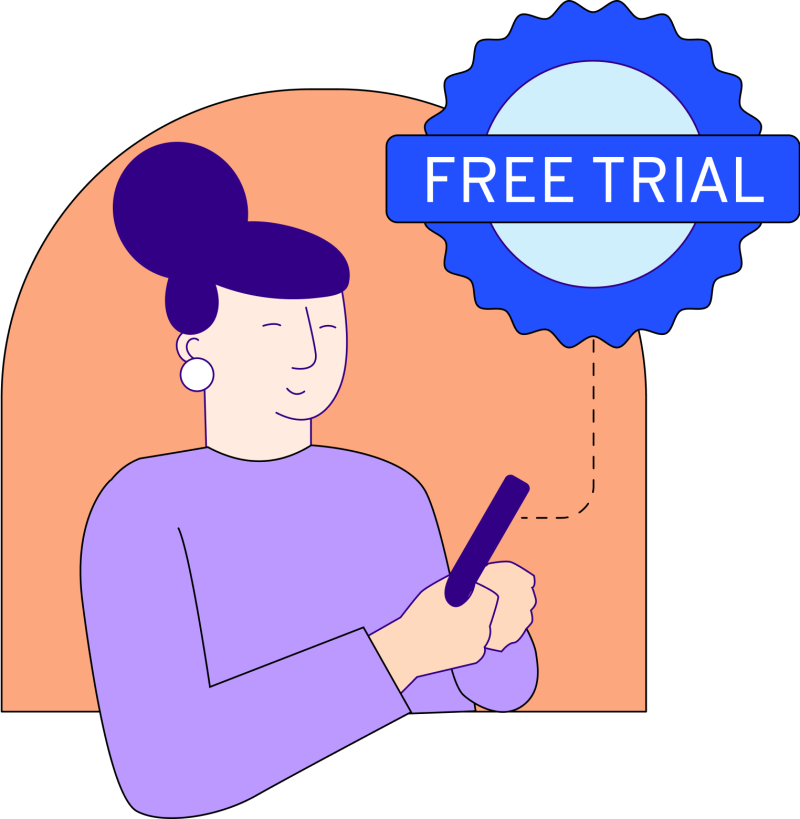
Offer free trials. Free trials, whether seven days or 30, can be a perfect introduction to your brand. After a user’s time is up, let them know what more your product can offer when they subscribe.
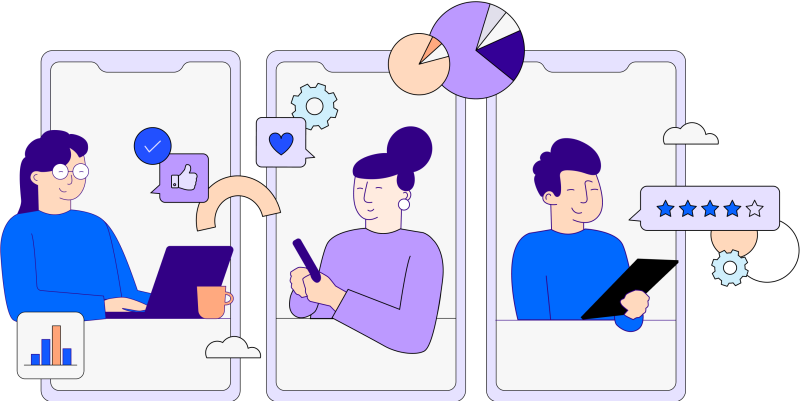
Be intentional about user onboarding. Like offering your party guests a drink when they first arrive, a welcoming onboarding process makes your users feel comfortable and welcome. That said, a streamlined, easy-to-follow onboarding process can be an integral part of retaining your customers. Hint: Make your product easy to onboard so users can move through the process on their own without sales or marketing teams needing to reach out. And, ensure your users understand your product immediately—if they don't, you can fix it.
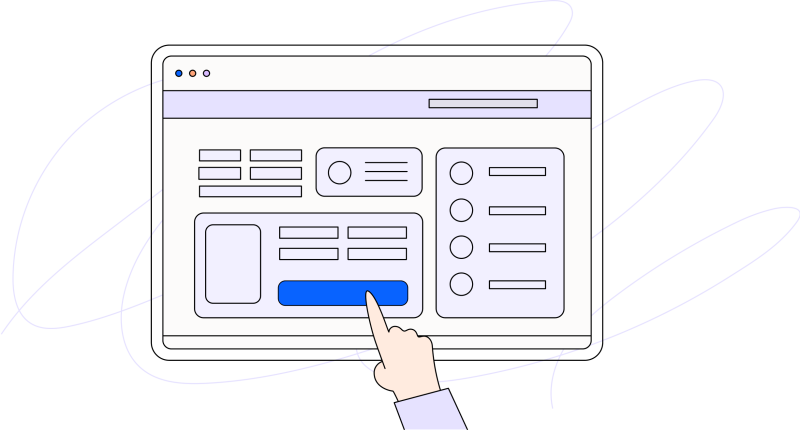
Make your homepage pop with CTAs. Without eye-catching opportunities for conversion, your users will have a much harder time signing up or clicking ‘subscribe.’ Thoughtful, yet breezy sign-ups can go a long way in achieving the personalization your users want.”
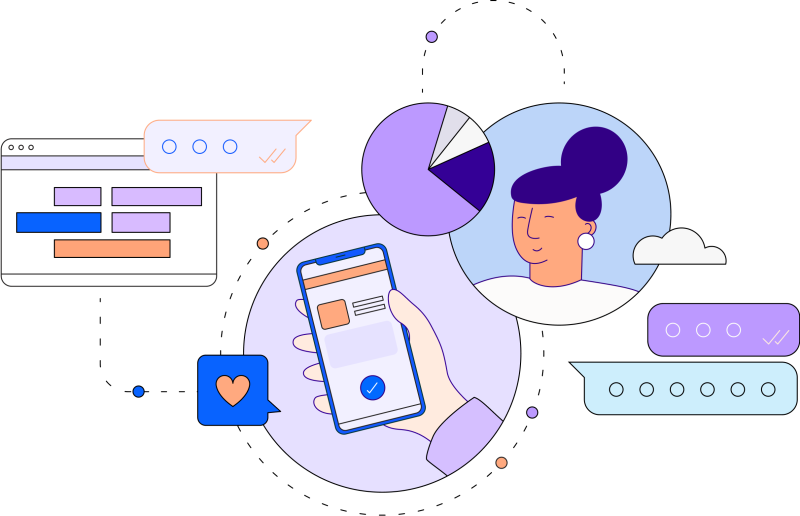
ABT: Always be testing. This is our mantra at webuild: ABT. User testing is the ultimate way to get inside your users’ heads to work out the kinks, create what’s desired, and tweak what needs tweaking. Companies who spend ample time collecting feedback from their users spend more productive time creating features the users want, need, and love — and less time spinning wheels.
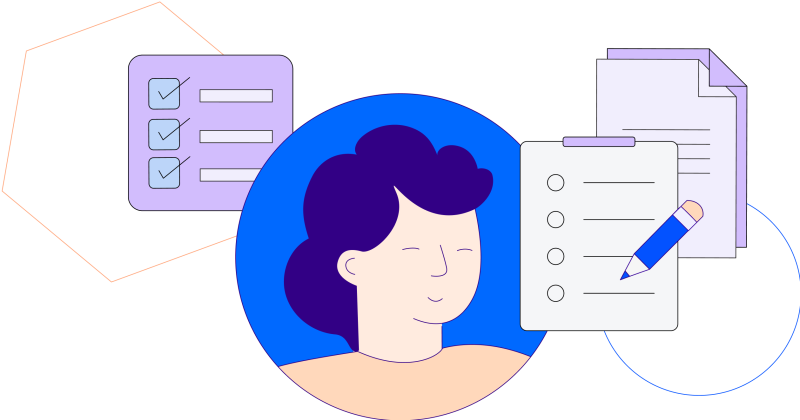
Err on the side of low friction. We all sign up for a bevy of new things every week. What are the sign-ups you most often don’t end up completing? The ones that ask way too many questions and make the process a chore. Make your sign-up process as low friction as possible. Your users will love you for it.
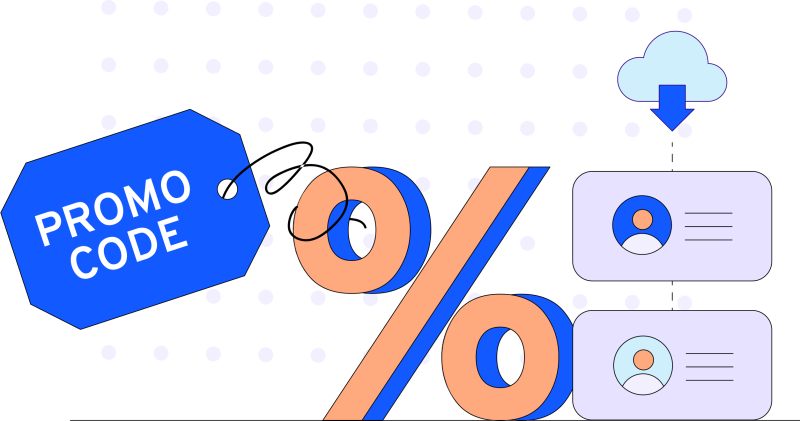
Offer discount codes for sharing. Incentivized referrals can be a boon for your sign-ups. It works like this: Every user who shares your product with a family or friend receives a discount code after said family or friend signs up for your product. You could also offer discounts upon signup for new customers in general. Since word of mouth brings home the lion’s share of adoption rates, doing this holds a lot of potential growth.
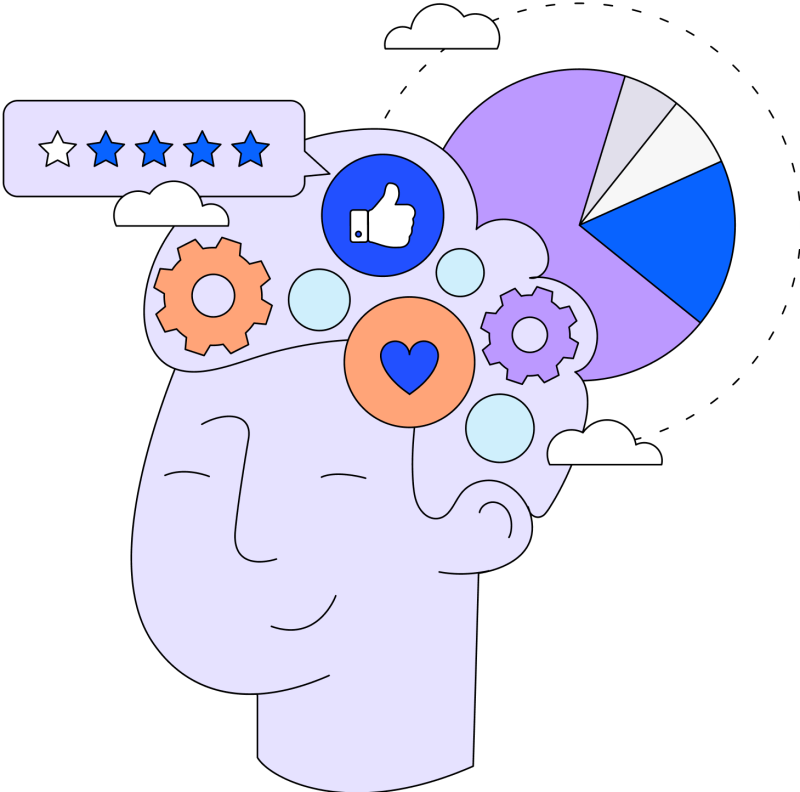
Build habits into your product. The more your product requires the user to come back again and again, the more sticky your product will be. To-do lists and investing apps are natively habit-building. But if your product is less habitual in nature like, say, a workout or shopping app, you could send notifications to your user to remind them of their next steps in using your product. And when they come back, reward them! Points, digital trophies, any type of digital ‘atta boy’ gives people motivation to keep coming back for more.
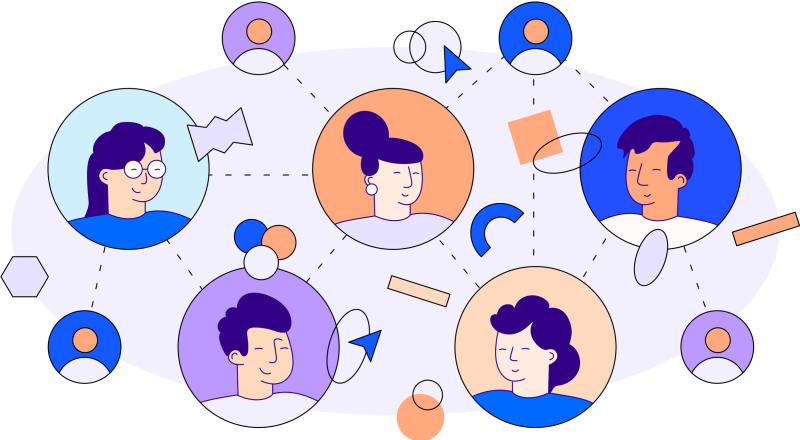
Encourage networking. Virality is much more likely to take hold when a product isn’t as fun to use without the benefit of a user community. Products you use every day like Slack or Calendly are viral because they simply can’t exist with only one user. They simply breed community. Make your product viral by making it encouraging of networks. This could look like gamifying it, introducing rewards or competition, or adding chat and find-a-group features so users can connect with others. It's the sharing of the tool that makes it successful.
If getting paid to play with puppies all day doesn't pan out for you, try making your product so good it can't not be downloaded. You'll win the love of your customers, free up your budget and brainpower for iterating, and find what it really means to live the digital product dream.













